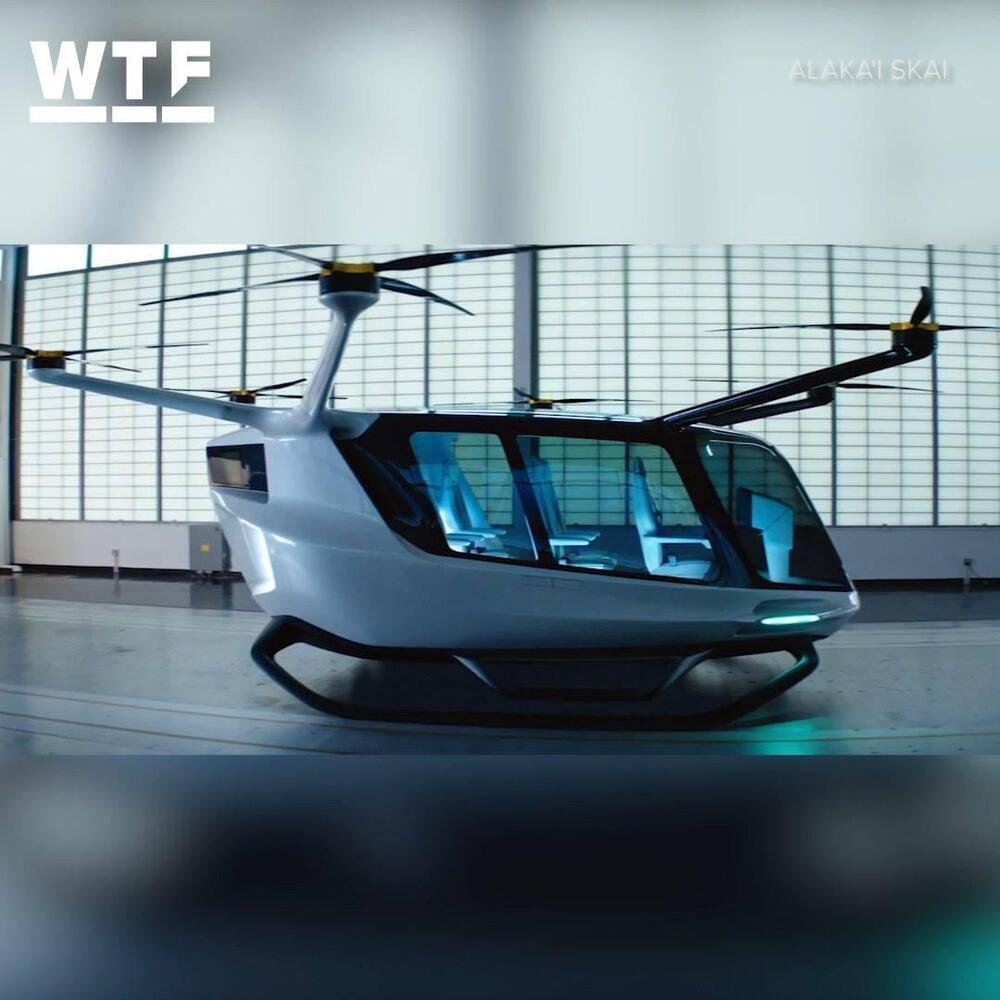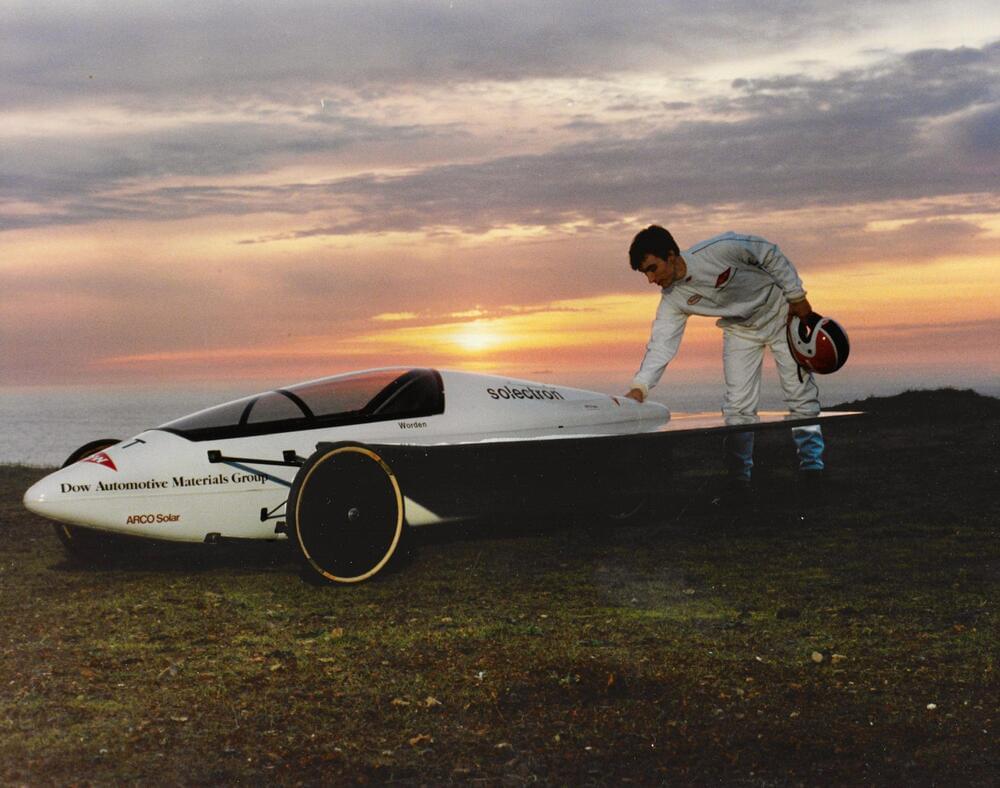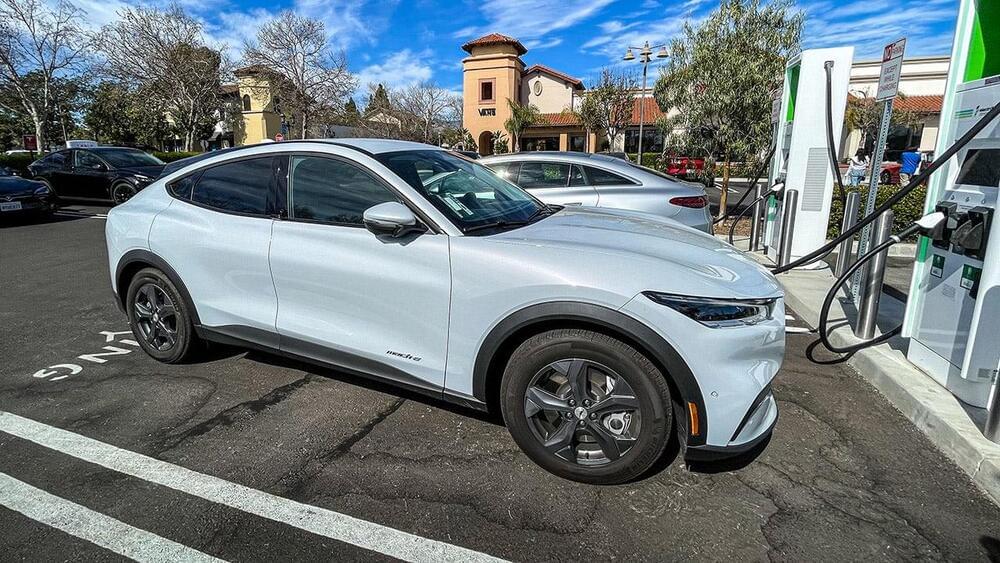US regulators have devised a set of new rules specifically targeting automated driving system (ADS) vehicles that do not feature human controls.


A collaboration between the automaker and the utility will test-drive using bidirectional charging to power homes during blackouts.



Engineering projects need goals, and James Worden ’89 set an especially engaging and enduring one for himself as a high school student in the early 1980s while pursuing his passion for homebuilt go-karts.
The MIT Alumni Association seeks to engage and inspire the MIT global community to make a better world. It provides a lifelong community for MIT graduates, a launching pad for students, and growing connection among MIT friends.


Last year, a team of former SpaceX engineers launched Californian marine startup Arc with a plan to develop a luxury electric cruiser with “far superior range, acceleration and performance than any boat in its class.” Now a pre-production Arc One has spent a day of testing on Lake Arrowhead ahead of deliveries to the first customers later in the year.
The first boat out of the company’s factory in Los Angeles is being aimed squarely at the luxury end of the market, and will be produced in very limited numbers.
The spec sheet for the Arc One is actually pretty thin, but the development team has recently upped the power of the electric motor to 500 hp (373 kW) for a top speed of 40 mph (34 knots/64 km/h). The battery size has also been increased by 10 percent to 220 kWh – that’s “three times the capacity of a Tesla Model Y” and is reckoned big enough for users to stay out on the water for between three and five hours per charge, though high speeds will drain the battery quicker than cruising at lower speeds.

(TNS) — The legal tug-of-war over development of waterfront land in Baltimore’s Westport neighborhood has tilted in favor of a high-speed maglev train operator seeking to build a passenger station on the site where a developer separately proposed housing.
The Court of Special Appeals, the state’s second-highest court, granted the appeal of Baltimore Washington Rapid Rail LLC, which is planning a $10 billion project to link Washington and Baltimore and eventually New York with a superconducting magnetic levitation rail system.
The opinion clears the way for Rapid Rail to pursue its eminent domain lawsuit against Westport property owner Stonewall Capital, prolonging a monthslong dispute.

WASHINGTON, March 10 (Reuters) — U.S. regulators on Thursday issued final rules eliminating the need for automated vehicle manufacturers to equip fully autonomous vehicles with manual driving controls to meet crash standards.
Automakers and tech companies have faced significant hurdles to deploying automated driving system (ADS) vehicles without human controls because of safety standards written decades ago that assume people are in control.
Last month, General Motors Co (GM.N) and its self-driving technology unit Cruise petitioned the U.S. National Highway Traffic Safety Administration (NHTSA) for permission to build and deploy a self-driving vehicle without human controls like steering wheels or brake pedals.

DUGWAY, Utah — Army Green Berets from the 1st Special Forces Group conducted two weeks of hands-on experimentation with Project Origin Unmanned Systems at Dugway Proving Ground. Engineers from the U.S. Army DEVCOM Ground Vehicle Systems Center were on site to collect data on how these elite Soldiers utilized the systems and what technology and behaviors are desired.
Project Origin vehicles are the evolution of multiple Soldier Operational Experiments. This GVSC-led rapid prototyping effort allows the Army to conduct technology and autonomous behavior integration for follow-on assessments with Soldiers in order to better understand what Soldiers need from unmanned systems.
For the two-week experiment, Soldiers with the 1st Special Forces Group attended familiarization and new equipment training in order to develop Standard Operating Procedures for Robotic Combat Vehicles. The unit utilized these SOPs to conduct numerous mission-oriented exercises including multiple live-fire missions during the day and night.